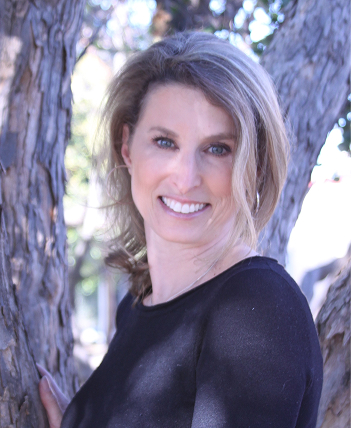Aaaah.
So that age old question: “How does that giant baby fit into my belly?” It does so by moving the other things around and stretching your muscles and skin. Your abdominal muscles are the rectus muscles (the “six pack”) and oblique muscles. The muscles of the abdomen do not cross the midline. This central line is called the linea alba. It is made of a leathery substance called fascia. When you are pregnant, your muscles separate in the middle. This separation between the muscles is the diastasis. Everyone who has had a pregnancy has some separation. This is the reason you can’t “suck it in” as tightly as you did before pregnancy. This is also part of why your waist gets wider.
The amount of separation varies. Some people have a small amount, some a wide. It tends to get worse with the number of pregnancies and the amount of weight you gain. (Another reason that large babies should give their moms large presents on mother’s day.) Some women have poor genetics though and get a lot of loosening with their first child. If your diastasis is bad, you will have a flat belly lying down, and then look pregnant when you stand up. When your abdominal muscles are loose, you may have back pain due to weak abdominal strength.
Since no muscles cross this midline, you can’t tighten it up again with exercise. (To many a husband’s chagrin. So tell him that his “honey you just need to do more sit ups” will not work.) A diastasis is fixed with a tummy tuck.
A tummy tuck is two parts. That bottom part is internal and fixes the diastasis separation. You can’t see it. It is a corset which brings those muscles back together. I use a two layer muscle tightening approach; both layers are permenant sutures. This will tighten your core again as it brings the muscles together.
The second layer to a tummy tuck is removing excess skin.
A hernia is a true hole in the abdominal wall. This commonly occurs at the belly button, and is why some women are no longer an “innie” after pregnancy. Sometimes people will call a diastasis a “ventral hernia.” Most women have a simple separation where the sheet of tissue keeping the “insides in” is still intact, not a hole.
The information provided on this website is for general informational purposes only and does not constitute medical advice, diagnosis, or treatment. Always seek the advice of a qualified healthcare provider for any questions regarding your health or medical condition.
